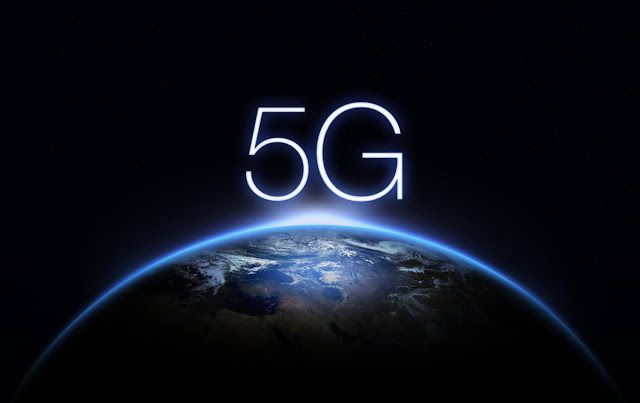As 5G technology becomes a cornerstone of modern connectivity, government agencies and regulatory bodies worldwide are taking significant stances on its development, deployment, and governance. The policies and perspectives of these agencies directly impact everything from the speed of rollout to security measures, economic implications, and public adoption. Here’s what you need to know about how agencies are shaping the future of 5G.

1. 5G as a National Priority
In many countries, government agencies view 5G as a critical infrastructure priority. The technology is considered essential for fostering economic growth, enabling smart cities, and supporting advancements in industries like healthcare, transportation, and education. Agencies are working closely with telecom companies to ensure that the rollout of 5G networks aligns with national goals for innovation and digital transformation.
For example:
- United States: The Federal Communications Commission (FCC) has allocated new spectrum bands and streamlined regulations to accelerate 5G deployment.
- European Union: EU agencies are collaborating on a 5G Action Plan to ensure member states achieve near-complete 5G coverage by 2030.
2. Spectrum Allocation and Licensing
One of the key responsibilities of agencies overseeing 5G is the management of radio spectrum, which is a finite resource. Agencies ensure fair allocation of spectrum bands to carriers while balancing competing demands from other sectors, such as defense and aviation.
Agencies typically auction spectrum licenses to telecom providers while also reserving portions of the spectrum for government or unlicensed use, fostering innovation in sectors like IoT and public safety communications.
3. Addressing 5G Security Concerns
The shift to 5G introduces new security challenges. Its decentralized architecture, reliance on software, and increased number of connected devices make it a potential target for cyberattacks. Many agencies are implementing stringent guidelines to mitigate these risks.
- Security Frameworks: Agencies like the National Institute of Standards and Technology (NIST) in the U.S. and ENISA in the EU have published frameworks to address vulnerabilities in 5G networks.
- Vendor Restrictions: Some agencies restrict or ban 5G equipment from certain manufacturers due to concerns over espionage and cybersecurity.
4. Health and Safety Regulations
Concerns about the potential health effects of 5G radiation have led some agencies to conduct thorough research and establish safety guidelines. Agencies like the World Health Organization (WHO) and national regulatory bodies consistently monitor the impact of electromagnetic fields (EMFs) to ensure public safety.
5. Bridging the Digital Divide
Agencies are also focused on ensuring 5G reaches rural and underserved areas to prevent widening the digital divide. Some governments provide subsidies or incentives to telecom providers to expand their networks to remote regions. Programs like the FCC’s Rural Digital Opportunity Fund in the U.S. aim to make 5G accessible to all citizens.
6. Global Cooperation on 5G Standards
5G technology relies on international cooperation to establish and maintain global standards. Agencies work with organizations like the International Telecommunication Union (ITU) and 3rd Generation Partnership Project (3GPP) to create unified standards that ensure interoperability across borders.
Conclusion
The stance of government agencies on 5G is shaping the trajectory of this transformative technology. By addressing issues like security, accessibility, and spectrum allocation, these agencies are playing a crucial role in how 5G networks evolve globally. Understanding their policies and priorities can provide valuable insights into the future of connectivity and its impact on industries and everyday life.
If you’re a business or consumer, staying informed about these stances ensures you’re prepared to make the most of what 5G has to offer.




